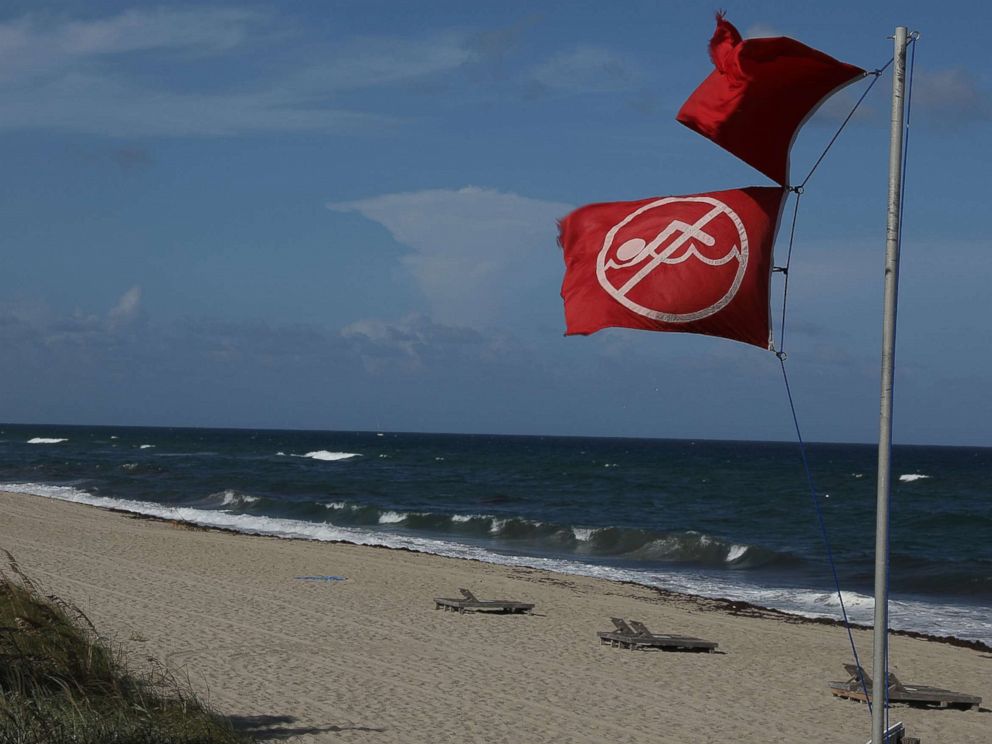

"We pushed a lot of these nutrients out into the Gulf of Mexico," Tomasko said. Tidal exchange between Sarasota Bay and the Gulf of Mexico gradually brought the levels back down, Tomasko explained. The estuary program and its partners found elevated levels of bacteria, algae and nutrients in the bay in the weeks following Ian. The intensity of the current red tide bloom is likely the result of polluted runoff after Hurricane Ian, Sarasota Bay Estuary Program Director Dave Tomasko said-a mix of unpredictable natural forces and preventable human pollution. In a virtual water quality round table on Monday, local government officials and scientists weighed in on the state of local waterways, including red tide's role. Locally, water quality advocates stress the importance that people can have in curbing algae blooms by reducing sources of pollution to area waters those sources include wastewater spills, leaky septic tanks, pet waste that isn't picked up and misuse of lawn fertilizer.Ĭhanges in our infrastructure and habits could take some of the pressure off of already imperiled water bodies, they argue. Though red tides are naturally occurring, a growing body of evidence suggests that human pollution can fuel the blooms and make them worse once they get near the coast.Ĭlimate change's ongoing impacts on natural phenomena, including more intense hurricanes, changes in rain amounts and warmer water temperatures, also have the potential to help harmful algal blooms thrive, according to the Environmental Protection Agency. "Eighty to 90 percent of Florida's commercially valuable fish and shellfish species spend part of their lives in an estuary," SBEP's field guide to the bay says. Scientists largely blame the blooms for wiping out decades of seagrass recovery there.Īs an estuary, Sarasota Bay and its seagrass meadows and oyster beds play an important role as a haven for manatees, dolphins, sport fish and countless other forms of marine life, according to the Sarasota Bay Estuary Program. The bay, which borders Sarasota and Manatee counties, has already been hit hard by red tide in recent years.


The current red tide bloom has persisted at high levels in the Intracoastal waters of Sarasota Bay for several weeks. The algae can also build up in the Intracoastal Waterway, where it has the potential to concentrate in shallow waters and damage sensitive marine habitats. Red tide does more than foul beach conditions on the Gulf side of the barrier islands. Red tide impacts sensitive habitat in Sarasota Bay In all, red tide was detected in 76 water samples off of Hillsborough, Pinellas, Manatee, Sarasota, Charlotte, Lee and Collier counties over the last week, FWC said in an update. High levels were found northwest and much farther offshore, near the mouth of Lower Tampa Bay. Low levels were found near Longboat Pass to the south and the Sunshine Skyway Bridge to the north. In Manatee County waters, medium concentrations of red tide were detected at the Rod and Reel Pier in Anna Maria and off the northeast side of the island on Monday. At levels of medium and above, the algae is considered to be at bloom strength, and it is more likely to cause harmful impacts to human health and the environment. Wildlife officials determine the severity of the algae by measuring the number of cells of Karenia brevis-the microscopic organism that causes red tide-found in a liter of water. Water samples collected by Florida Fish and Wildlife Conservation Commission and partners last week confirmed red tide's presence. In Manatee County, fish kills and respiratory irritation were reported in Anna Maria, Holmes Beach and Bradenton Beach this week. It is also wrapping around the south end of Pinellas County, where impacts have already begun to hit some beaches. The bloom's presence is also stronger around Anna Maria Island and Tampa Bay, water samples and local reports show. However, historical patterns have confirmed a typical pattern for the blooms, according to Cynthia Heil, director of Mote Marine Laboratory's Red Tide Institute in Sarasota: A red tide usually starts in late summer or fall, lasts five to seven months and ends by spring.Īs the densest part of the current bloom has drifted north in recent days, algae levels have lessened somewhat around Sarasota County, but reports of dead fish and breathing irritation continue to come in from the county's public beaches, including Siesta Key. "Once it does that, it's off and running, and it's very hard to stop it."Īs for what causes a bloom to dissipate, scientists still don't have a solid answer. "By virtue of killing fish, it generates its own nutrient supply," University of South Florida emeritus oceanography professor Robert Weisberg said in October, when the bloom was just beginning to appear on the radar. Red tide has persisted since October, when elevated levels of algae reached the coast shortly after Hurricane Ian stirred up the Gulf of Mexico.


 0 kommentar(er)
0 kommentar(er)
